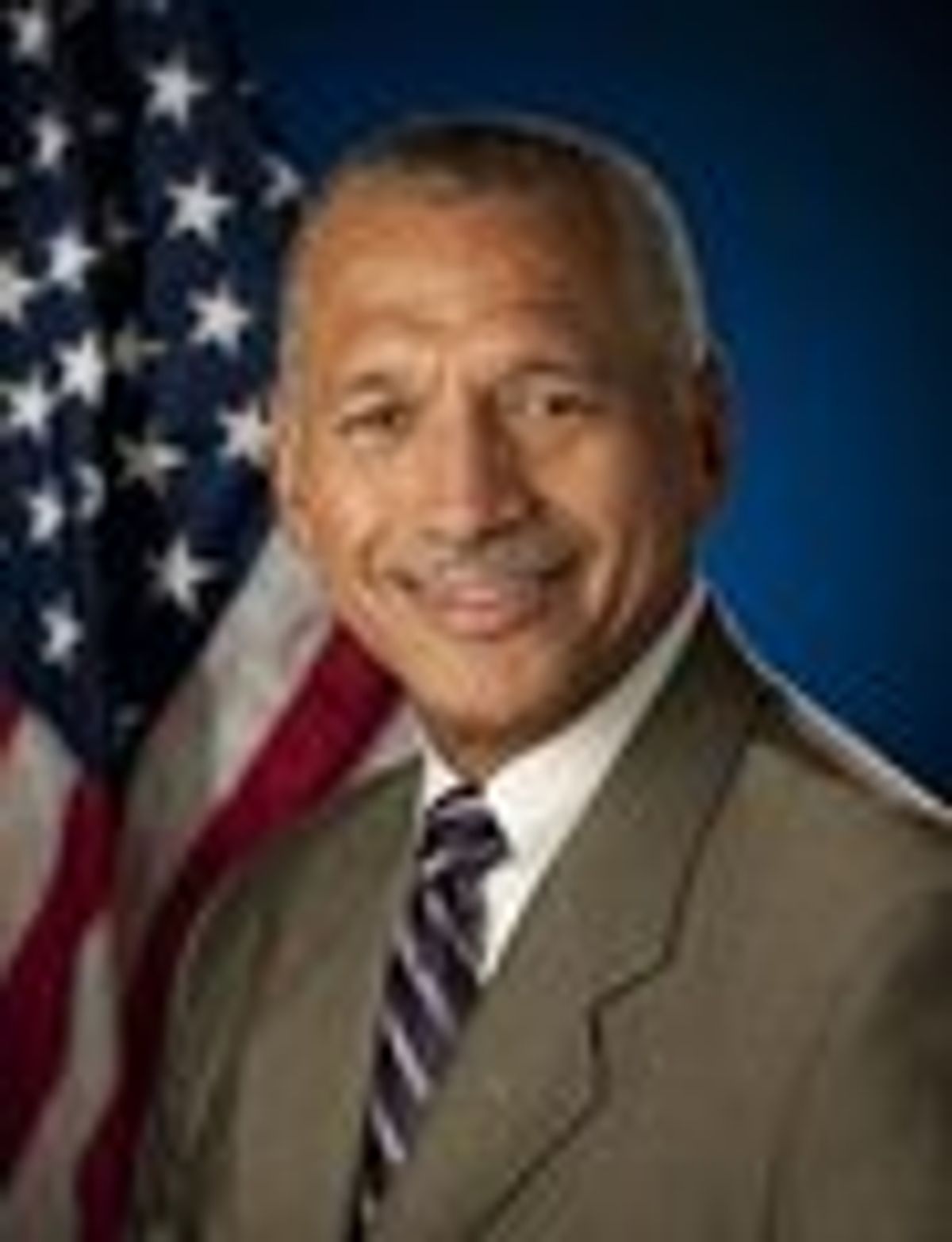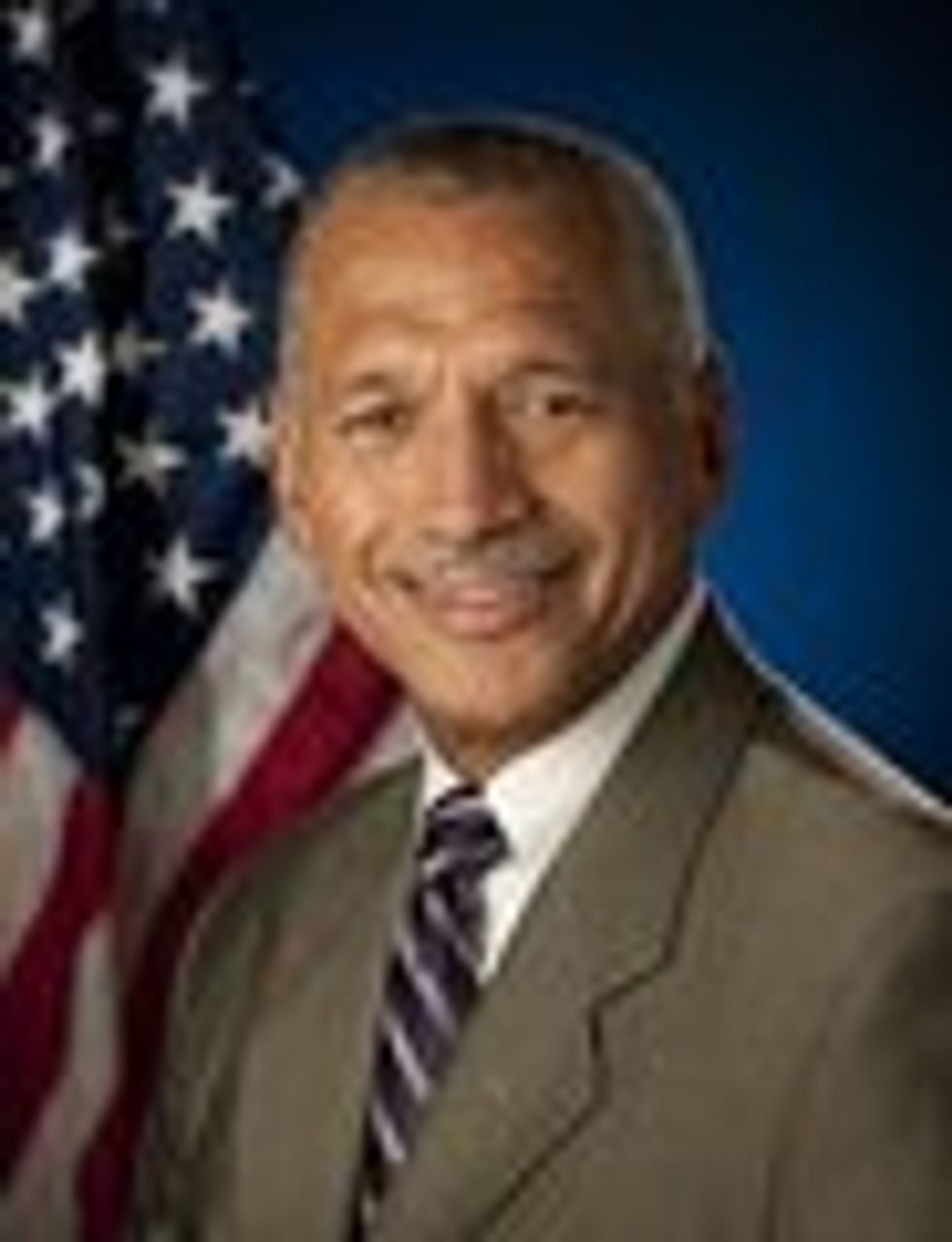Charles Bolden, NASA Administrator
President Obama’s FY 2011 budget request for NASA calls for the end of the beleaguered Constellation program, which was designed to return humans to the moon. Engineers have been developing Constellation for the past five years, but last summer’s review of human spaceflight plans called the program “unsustainable.”
The new budget, announced by NASA Administrator Charles Bolden on Monday, would increase the space agency’s funding by US $6 billion over the next 5 years, with most of that allocated to accelerating the development of commercial space vehicles. The new plan designates Mars as the ultimate destination for human space explorers, with the moon and near-Earth asteroids as stepping-stones to get there.
Bolden acknowledged that the proposed budget is based on the Augustine committee’s report last summer, which proposed a “flexible path” of sending robots and humans to multiple destinations—the moon, near-Earth asteroids, moons of Mars, and eventually the red planet itself.
The chairman of the review committee, former Lockheed Martin CEO Norm Augustine, indicated that he was pleased that the budget addresses his committee’s concerns. “The President’s proposed program seems to match means to ends, and should therefore be executable,” he wrote in an online statement. Under the Constellation program, “the means [did] not match the ends,” he told IEEE Spectrum last month.
Sally Ride, the first American woman in space and one of the ten members of the Augustine committee, also spoke briefly in support of the new plan, calling it “a significant vote of confidence in NASA and an exciting strategic shift that puts NASA on a sustainable path toward the future,” specifically by reallocating Constellation funds to develop new technologies for on-orbit refueling, automated rendezvous and docking, heavy-lift rockets, and robotic precursor missions, among other high-tech developments. This shift, Ride said, “brings NASA back to its roots as an engine of innovation” while ensuring that as we explore the solar system, “we’ll be doing it with new technology, and arm in arm with our commercial and international partners.”
The new funding in the budget is intended for commercial programs chosen on a competitive basis, rather than internal NASA programs. That money will “drive the beginning of a commercial crew industry,” Bolden said, and leave NASA able to do it’s old job of innovating ways to send humans “farther, faster, and more affordably” into space; specifically, beyond low Earth orbit.
To jump-start the fledgling commercial industry, NASA will award US $50 million from economic stimulus funds to commercial space pioneers—Blue Origin of Kent, WA, The Boeing Company of Houston, TX, Paragon Space Development Corporation of Tucson, AZ, Sierra Nevada Corporation of Louisville, CO, and United Launch Alliance of Centennial, CO—to develop initial concepts and technology demonstrations that will take human crews safely into orbit.
The budget further commits to extending the life of the International Space Station (ISS) until 2020 or beyond, past the 2015 de-orbit date that would have put an early end to a space lab that has been under construction for over a decade. And it grants the space shuttle program enough funding—$600 million in FY 2011—to ensure that the last five scheduled missions will fly, completing the construction of the ISS by the end of 2010.
While the Augustine report found that a human return to the moon would not be feasible before 2028 or 2030 based on Constellation’s progress and meager funding, NASA deputy administrator Lori Garver predicts that humans will be rocketing to space on commercial launchers by as early as 2016, based on timelines from commercial bids.
Of course, not everyone will be thrilled with the president's plan. Congress will want to hang on to jobs in NASA centers across the country. Seven thousand jobs are already on the chopping block with the imminent end of the space shuttle program, according to Garver, and with Constellation’s demise, more will follow.
But Bolden stressed that the money invested in new science and technology programs, especially in the commercial sector, will open up jobs—as many as 5,000 nationwide, he said. Office of Technology Policy (OSTP) chief of staff Jim Kohlenberger added that money budgeted to invest in upgrading NASA centers like the launch facilities at Kennedy Space Center, in Florida, will also create more jobs.
When asked how the government would respond to taxpayers wondering why they spent 9 billion dollars on the cancelled program, OSTP's Kohlenberger said that “having put $9 billion into an unexecutable program isn’t an excuse to spend another $50 billion and still not have an executable program.”
NASA spokespeople remain confident that Constellation’s end won’t mean the end of spaceflight, human or otherwise. As NASA’s Garver stressed during the press conference, “We’re not cancelling our ambitions to explore space, we’re cancelling Constellation.”




